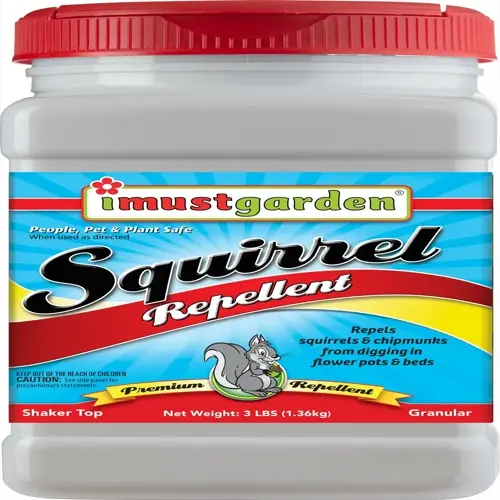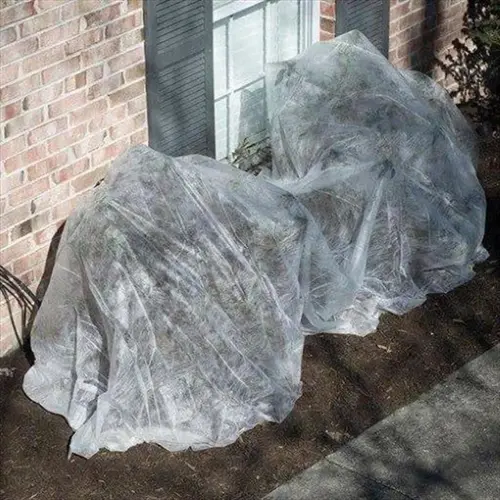Why avoid heading cuts on mature fruit trees?

Written by
Benjamin Miller
Reviewed by
Prof. Samuel Fitzgerald, Ph.D.Heading cuts create problems on mature trees because of excessive water shoot growth. These vertical shoots shade our fruiting wood and steal energy from fruit production. Heading cuts on branches larger than 2 inches create big wounds that rot easily. I have observed trees that recur to heading cuts so often that, with a heavy fruit load, all of the limbs are lost.
Thinning Cut Technique
- Remove entire branch at point of origin
- Cut just outside branch collar
- Angle cuts to shed water naturally
Water Sprout Management
- Remove sprouts when pencil-thick
- Cut at base using thinning method
- Prevent shading of fruiting wood
Large Wound Prevention
- Never head branches over 2 inches thick
- Use three-cut method for removals
- Protect cuts from moisture accumulation
Energy Allocation
- Prioritize cuts that open canopy
- Preserve fruiting spurs during thinning
- Balance vegetative and fruit production
Watersprouts that arise from heading cuts build up a thicket in the interior of the canopy. Vertical shoots will block sunlight from fruiting wood. Without enough light, fruit buds will not develop. The tree is growing wood, not fruit, and expending energy in doing so. I observe harvest reductions of as great as 40% in trees that have been heavily headed.
Wounds created from heading (topping) thick branches serve as entry points for tree decay. Small cuts from thinning quickly can close, but like large heading cut wounds, these will take years to heal. Exposed wood will become infected with fungi, creating hollows that can weaken branches. I have recorded structural failures in trees from storms, with many exhibiting cut wounds.
Collar-aligned thinning cuts direct energy flows without experiencing cellular/bole shocks. Collaring branches out at their source limits the possibility of regrowth. This sustains the light penetration into the canopy. Fruiting wood is effectively in full light, providing maximum productivity. Trees can retain natural growth dynamics while avoiding a stress response.
Implement thinning as the preferred method of cutting for mature trees, using heading cuts for young scaffold development only. This enables you to maintain tree health and maximize harvest quality and quantity, and leads to your orchard consistently rewarding you with plentiful yields from season to season.
Read the full article: Pruning Fruit Trees: 10 Essential Steps

